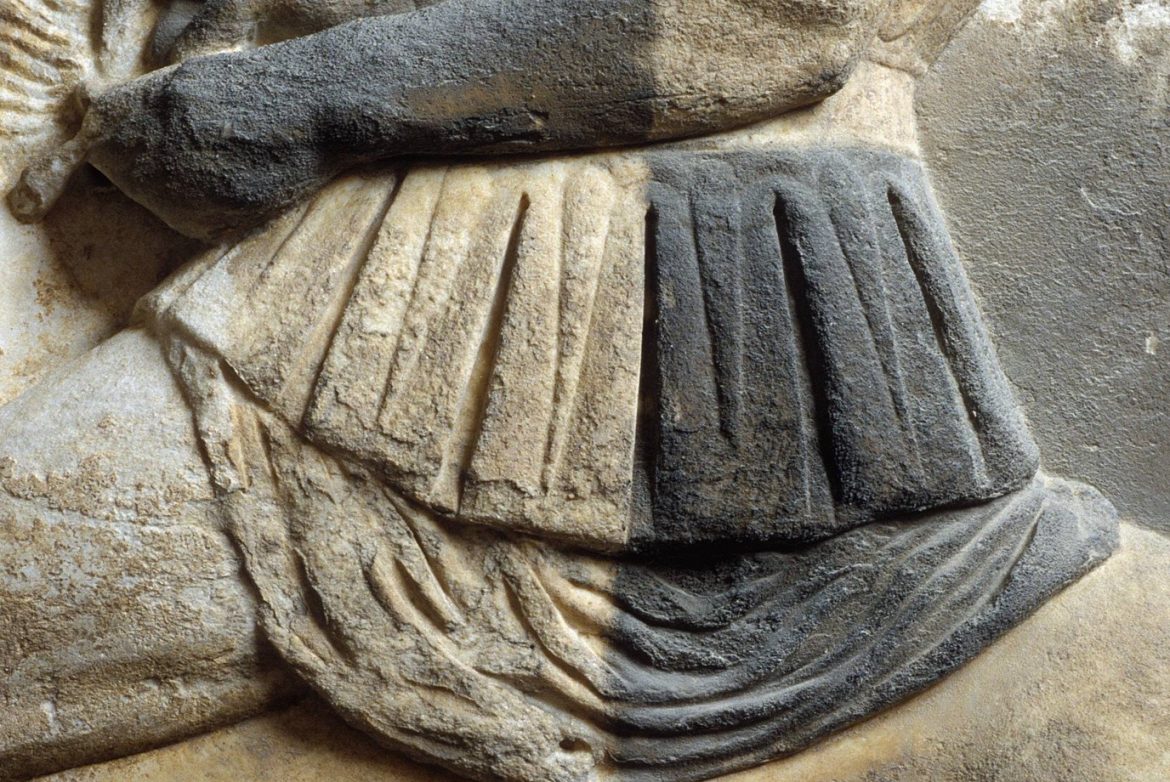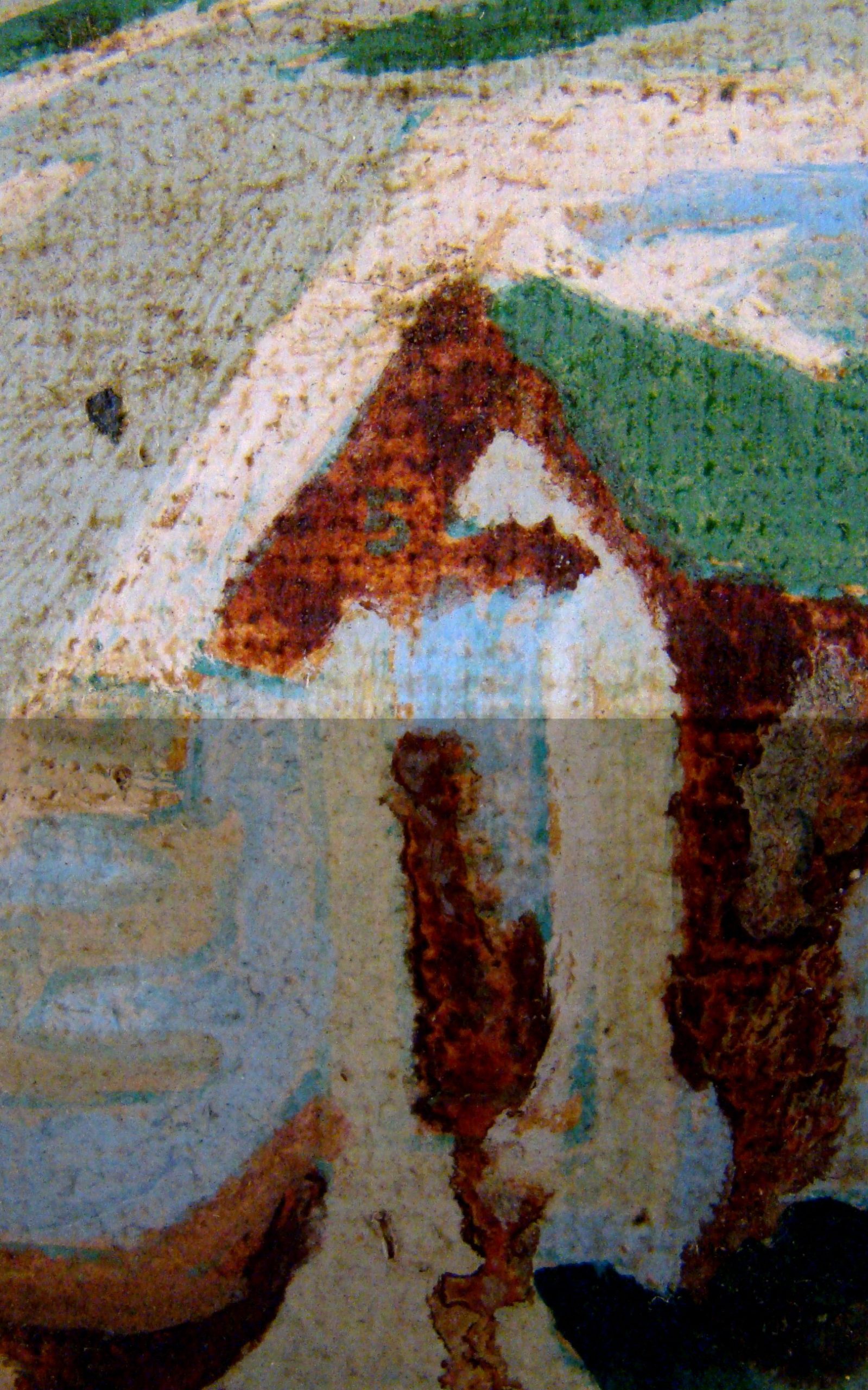Laser Cleaning
Cleaning of unwanted surface layers is one of the most critical interventive actions in Cultural Heritage (CH) conservation. Aiming to enhance the aesthetics and appearance of the artwork, to reveal hidden details or information and eventually to prolong its life and longevity the Conservator-Restorer interacts directly and irreversibly with the cultural material and thus exceptional control and selectivity are required.
Among the cleaning methodologies, lasers hold an important role as they enable high control and accuracy, material selectivity and immediate feedback. Their wide implementation was initially held back due to skepticism originating from the complexity of the involved photosensitive materials, the irreversibility of the intervention and restrictions in testing on authentic surfaces. Nevertheless, previous knowledge from similar simpler systems, extensive studies on model samples and technological breakthroughs addressed successfully these challenges, inspired new approaches and established lasers as highly effective and versatile tools in everyday conservation practice. Spyros Papaloukas, detail of laser treated area with successful varnish elimination.
Outstanding examples of successful on-site cleaning applications of the IESL-FORTH team include the removal of pollution encrustation from the surface of the Acropolis monuments (including the Parthenon West Frieze), the cleaning of hard and thick accumulations from excavated sculptures (i.e. the Hermes of Ancient Messene in Peloponnese and sculptures from the archaeological Museum of Aiani in Kozani), etc. Favorable cleaning interventions refer also to the removal of the outermost polymerized varnish from paintings, dirt from plaster ornaments, salt accumulations from wall-paintings and corrosion products from metals.
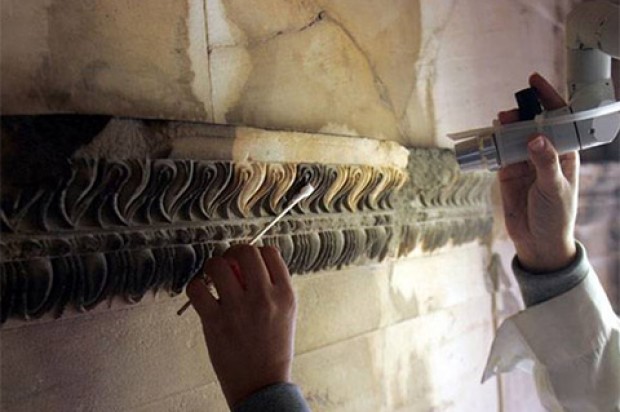
Pollution accumulation on stonework
The cleaning of pollution accumulations on the Parthenon Sculptures was performed by means of a prototype laser system developed at IESL-FORTH in collaboration with the Acropolis Restoration Service and the A’ Ephorate of Antiquities. The system combines an Infrared (1064nm) and a Ultraviolet (355nm) laser beam in order to avoid discoloration (yellowing).

Insoluble burial encrustation on excavated objects
The laser cleaning of soiling from Islamic plaster stained glass windows of the Benaki Museum Islamic Art Collection took place by “Lithou Sintirissis”-Conservation Associates in collaboration with IESL-FORTH
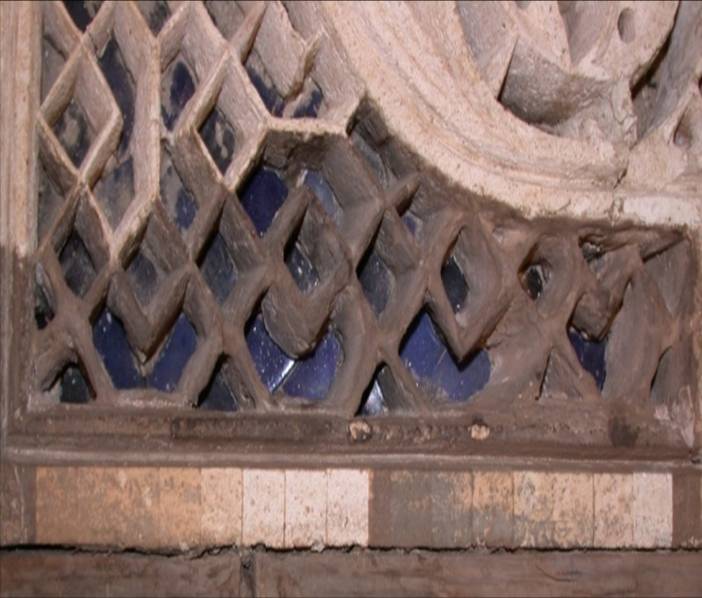
Insoluble burial encrustation on excavated objects
This is a straightforward laser cleaning application which employs the fundamental frequency of a QS Nd:YAG laser at 1064nm at relatively high laser Fluences. A series of relative laser cleaning projects have been successfully carried out in collaboration with the local Ephories and conservation companies. In all cases the laser systems have been transferred on site and, following a necessary brief optimisation study and a training session, the objects have been treated by the conservators in charge.
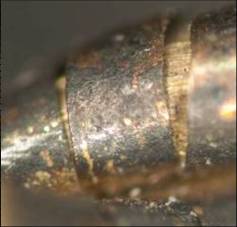
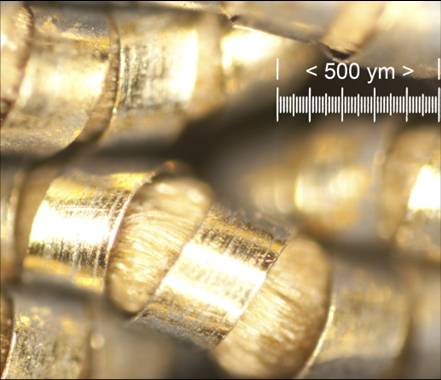
Tarnishing on silver and gilt silver threads
The removal of tarnishing from silver and gilt silver threads in silk textiles in collaboration with the National Museum of Denmark (B. Taarnskov)


